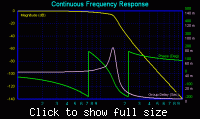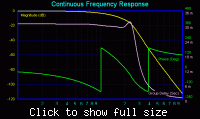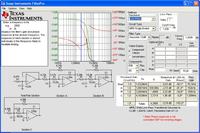M.B.
Member level 2
gauss filter
Hi to all,
I am working on GAUSSIAN filters (Continous Filters) for a RF receiver.
This filter is a Low Pass Filter to 12dB. My problem is to know the meaning of the 12dB: What does it refer to?
Another point: Can any one comment this two figures and tell me how to calculate the 6dB transition for the first figure and 15dB for the second one.


Thanks in advance
Hi to all,
I am working on GAUSSIAN filters (Continous Filters) for a RF receiver.
This filter is a Low Pass Filter to 12dB. My problem is to know the meaning of the 12dB: What does it refer to?
Another point: Can any one comment this two figures and tell me how to calculate the 6dB transition for the first figure and 15dB for the second one.


Thanks in advance

